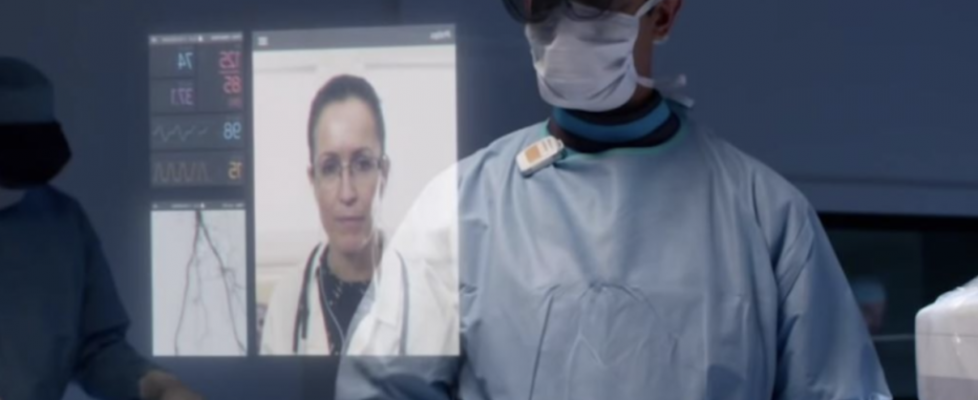Smart hospitals deliver better quality care, report finds
Hospitals making use of smart technologies such as artificial intelligence, remote health monitoring and robotics, are delivering higher standards of care according to new research from business consultancy firm Frost & Sullivan.
A new report titled Digital Hospitals: Creating Growth Opportunities in Patient Care during the COVID-19 Pandemic and Beyond , has found that COVID-19 has led to a widespread adoption of these advanced technologies in hospitals. The number of smart hospitals is expected to increase further in the next two to three years, as they lead to higher quality care and productivity gains.
This rise in the adoption of digital technologies in hospitals presents immense growth prospects for companies in this field. The report identified the following areas where smart hospital technologies are improving patient care and work efficiency:
- Deploying smart patient tracking systems to manage patient flow, treatment progress and discharge among other hospital processes
- Proper training and implementation of EHRs improve a hospital’s ability to provide high-quality care and address health disparities in the population
- Use of AI makes supply chain management more sophisticated as the algorithms process huge volumes of hospital data. This helps to identify trends and provide insights to improve the facilities’ efficiency and quality of care
- Analyse data obtained from different hospital departments to empower local healthcare teams
“To improve patients’ satisfaction levels at every step of care delivery during their stay in the facility, digital hospitals are using technologies like hospital navigation, intelligent imaging platforms, medical robots, remote patient monitoring tools, medication management applications, communication tools, electronic health record (EHR) applications, and clinical decision support solutions” Neeraj Nitin Jadhav, Technical Insights Senior Research Analyst at Frost & Sullivan, said of the findings.
“Digital hospital operators need to focus on building internal architecture, especially staff workstations and patient rooms that follow evidence-based design (EBD), as these are the areas where clinical decisions are made and care is provided, respectively.
“Additionally, decentralised healthcare staff workstations outside the patient rooms can allow the staff to be closer to the point of care rather than a centralised area, which increases the travel distance for the health professionals.”

